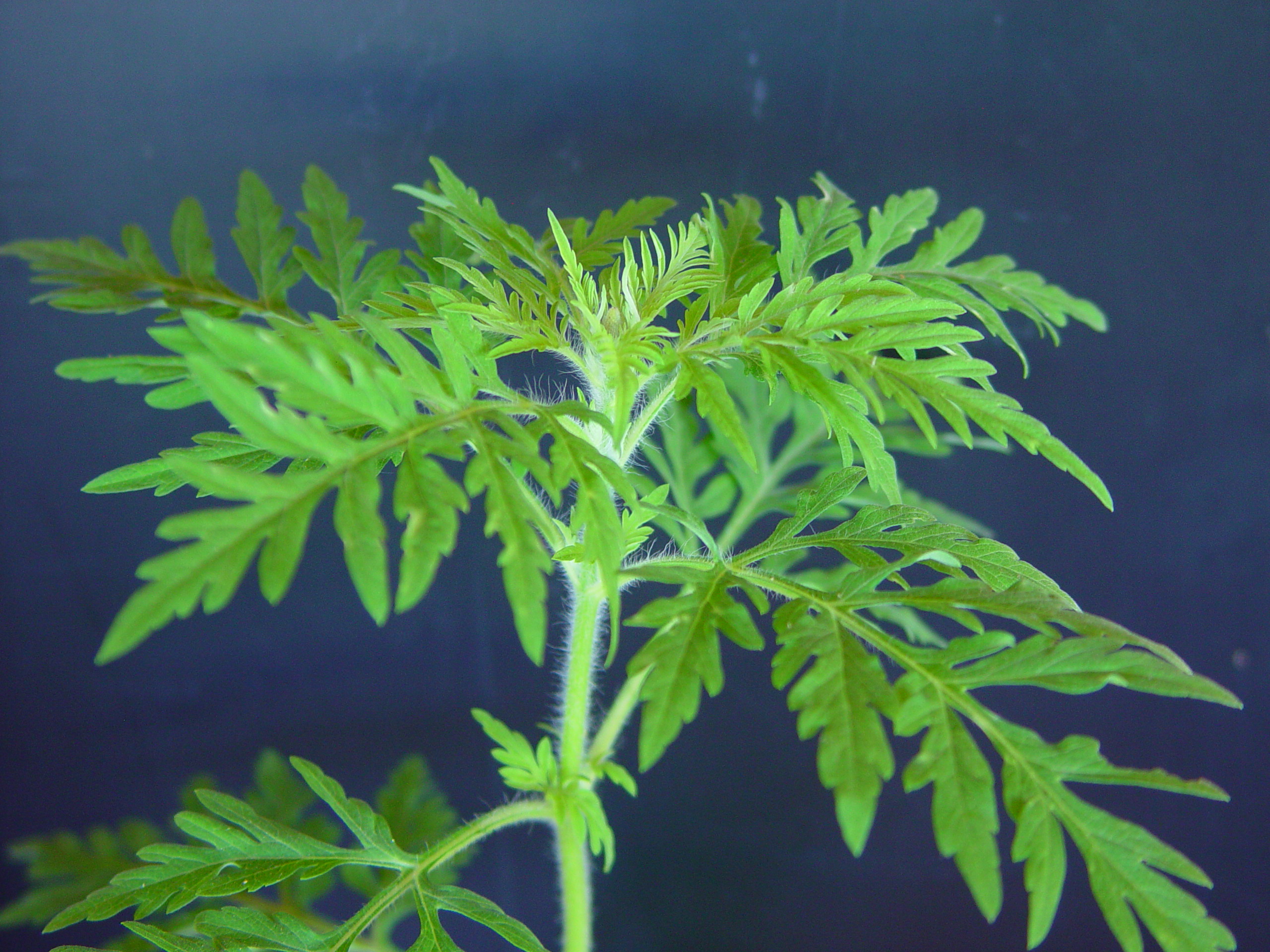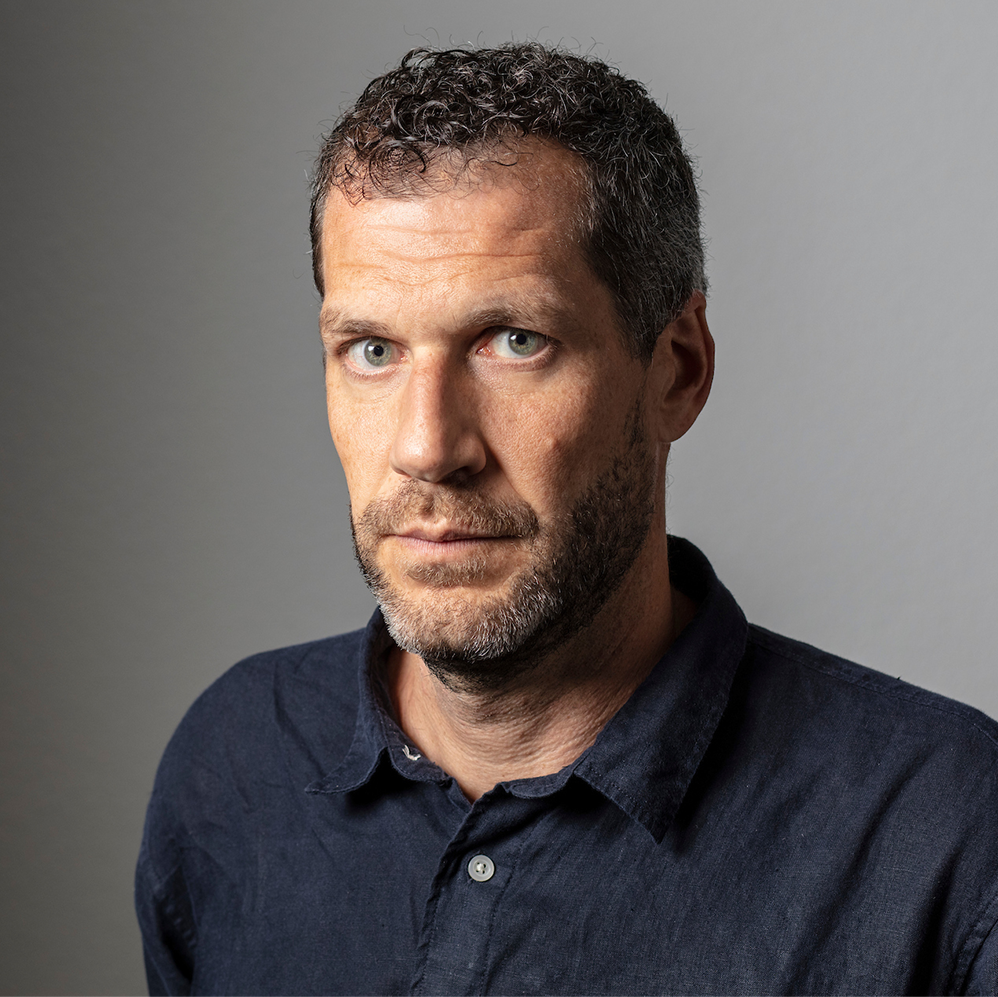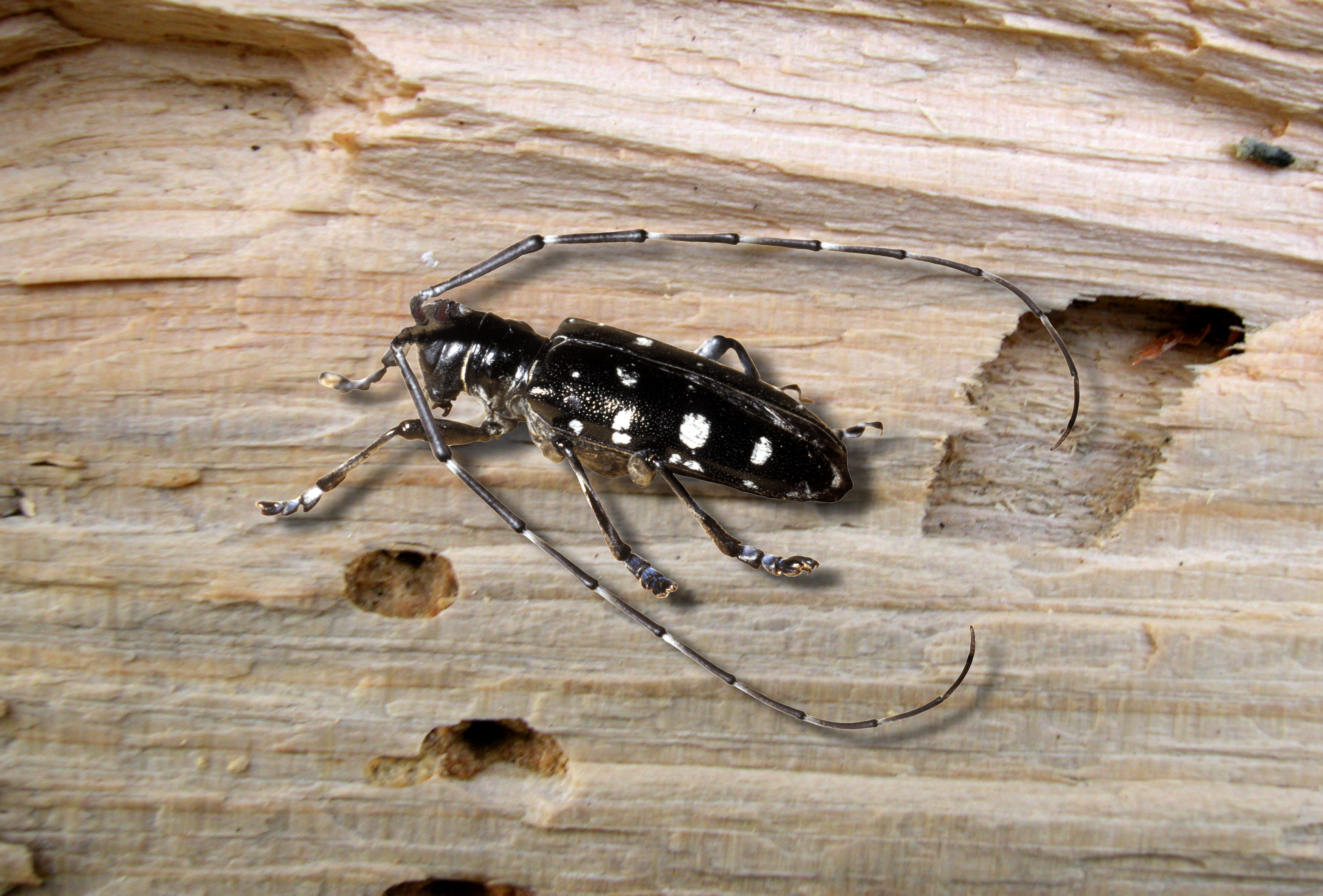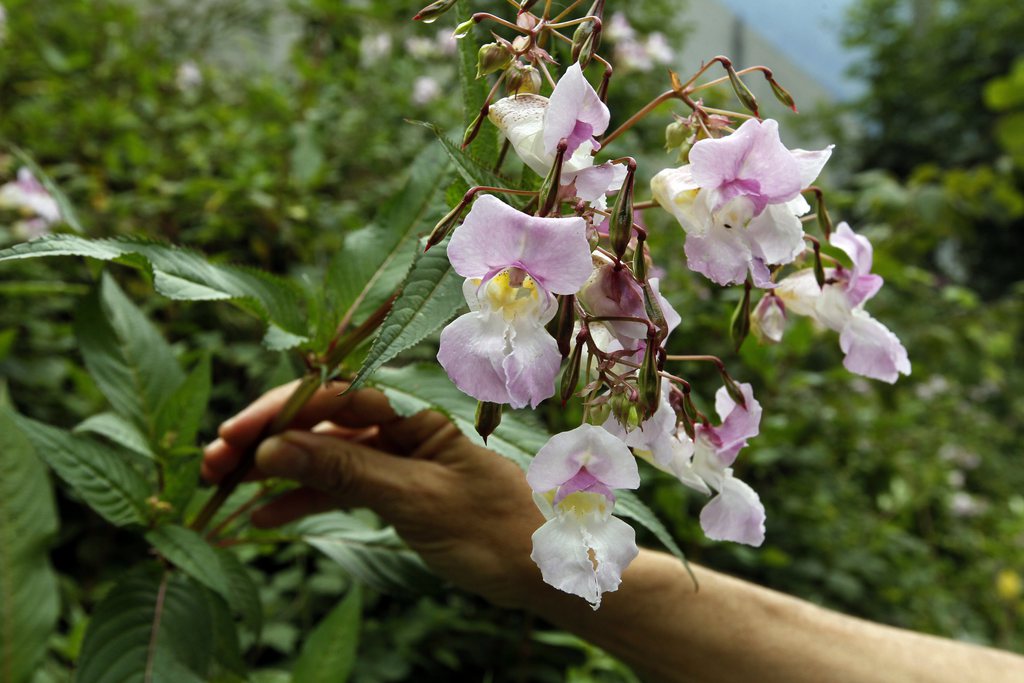“The authorities underestimate the risks”

Exotic plants and animals are causing more and more environmental damage and problems for agriculture. Daniel Cherix, honorary biology professor at Lausanne University, says Switzerland needs to wake up to the scale of the problem.
Since explorer Christopher Columbus set sail and bumped into America in 1492, more than 10,000 species of plants and animals are thought to have found their way to Europe. In recent years the boom in international trade has accelerated the problem, creating the need for more stringent rules on the import of potentially nuisance plants and animals, according to biologist Daniel Cherix.
swissinfo.ch: What do we mean exactly by “invasive species?”
Daniel Cherix: Plants and animals have been moving about since the beginning of time. Mankind has sped this process up, particularly when it comes to anthropophilics – animals which thrive on contact with humans. But the situation is changing rapidly. For about 50 years now, globalisation has brought more international trade of goods which has provoked a significant increase the transference of potentially harmful organisms.
It’s only when these plants or animals get out of their usual habitat that they become exotic species. They become invasive when they settle into a new area and their reproduction explodes. The invasive species begin to dominate their new home and monopolise all the resources to the detriment of other indigenous organisms.
swissinfo.ch: Are new exotic species bound to turn up in Switzerland?
D.C.: National borders don’t exist for insects. There are regulations, and quarantine does exist for certain products, but if the presence of an insect in packaging goes unnoticed at the moment of import, then that can quickly escalate into an ecological or health problem.
Some species don’t pose much of a problem, but others will begin a certain interaction with humans. This could be via their feeding or their reproductive habits – for example the Western corn rootworm or the varroa mite [who feed on corn and honeybees respectively]. Others come into direct contact with humans, such as the tiger mosquito.
swissinfo.ch: Does climate change play a role in helping new species become invasive?
D.C.: The majority of the invasive species that have caused problems in Switzerland over the past 20 years came from regions with a similar climate to ours. Most of the problematic organisms came from temperate zones in Asia, so they were already used to cold winters.
There is a lot less movement from south to north than from east to west. But it’s obvious that warmer temperatures are a factor in increasing the area that a certain species can dwell in. The geranium bronze butterfly, [which feeds on geranium flowers] is originally from South Africa and has moved higher and higher up the landmass, to nearly reach Switzerland.
swissinfo.ch: People have also gone so far as to deliberately introduce some species…
D.C.: Take for example the Asian ladybird; it was introduced into Belgium to combat mites that were attacking plants in greenhouses. When those ladybirds made their way out into the wider environment, they pushed out their European counterpart.
Australia also bitterly regrets introducing the cane toad in the 1930s, which were brought in to combat the spread of insects that were attacking sugar cane. These experiences have meant we now hesitate before opting a non-chemical way of controlling an exotic species that has become a nuisance.
swissinfo.ch: Which invasive species are we likely to hear about over the next few years?
D.C.: First off, the Asian predatory hornet. This invasive insect feeds on domestic bees and in little more than a decade has colonised all of France. It has been observed in Dijon but not yet crossed the border. Swiss beekeepers and animal services are very anxious.
A few plant species also present big problems. Garden centres continue to sell plants that are invasive in nature, such as the butterfly bush or the false acacia, which are extremely difficult to eradicate.
The Swiss government is beginning to blacklist some species but it is not yet taking as much action as is needed. If we wanted to even achieve a minimal level of success, Switzerland should ban the sale of certain plants and forbid the import of certain animals as pets in order to avoid them later being dumped in the wild.
swissinfo.ch: Do the authorities underestimate the risk?
D.C.: Very much so because it is not just a few nature fans that will be affected. According to Chinese and American studies, the cost of dealing with invasive species will one day be higher than the value of the trade between the two countries.
The government and a few cantons are beginning to implement some strategies but raising awareness is an essential task. At the moment, you really only hear about invasive species when human health is at risk, such as the dengue fever outbreak in Marseille which was caused by the tiger mosquito. We should be getting worried way before we reach this stage.
In Switzerland, 51 animal species are officially classified as invasive, all of which have been introduced by humans. In most cases this was accidental, but in a few cases it was deliberate.
The signal crayfish and the Asian ladybird were both deliberately brought to Europe. The ladybird was introduced to fight aphids in greenhouses without resorting to chemical pesticides.
The 45 species of plant classed as invasive in Switzerland all pose a threat to biological diversity, says the Pro Natura organisation. It points to the Japanese knotweed as an example, an invasive plant which can undermine building foundations, causing significant economic damage.
Certain species of plant are also poisonous for humans. Great hogweed, also known as giant cow parsley, can cause third degree burns if skin is exposed to sunlight after contact with its leaves. Common ragweed is highly invasive and particularly allergenic, and grows widely across central and western Switzerland.
The ordinance on the Handling of Organisms in the Environment (2008) is the main tool for regulating the problem of invasive species in Switzerland. There is no official estimation of the costs associated with fighting invasive species, nor the sum set aside by the government to fund this fight.
(Translated from French by Victoria Morgan)

In compliance with the JTI standards
More: SWI swissinfo.ch certified by the Journalism Trust Initiative



You can find an overview of ongoing debates with our journalists here. Please join us!
If you want to start a conversation about a topic raised in this article or want to report factual errors, email us at english@swissinfo.ch.